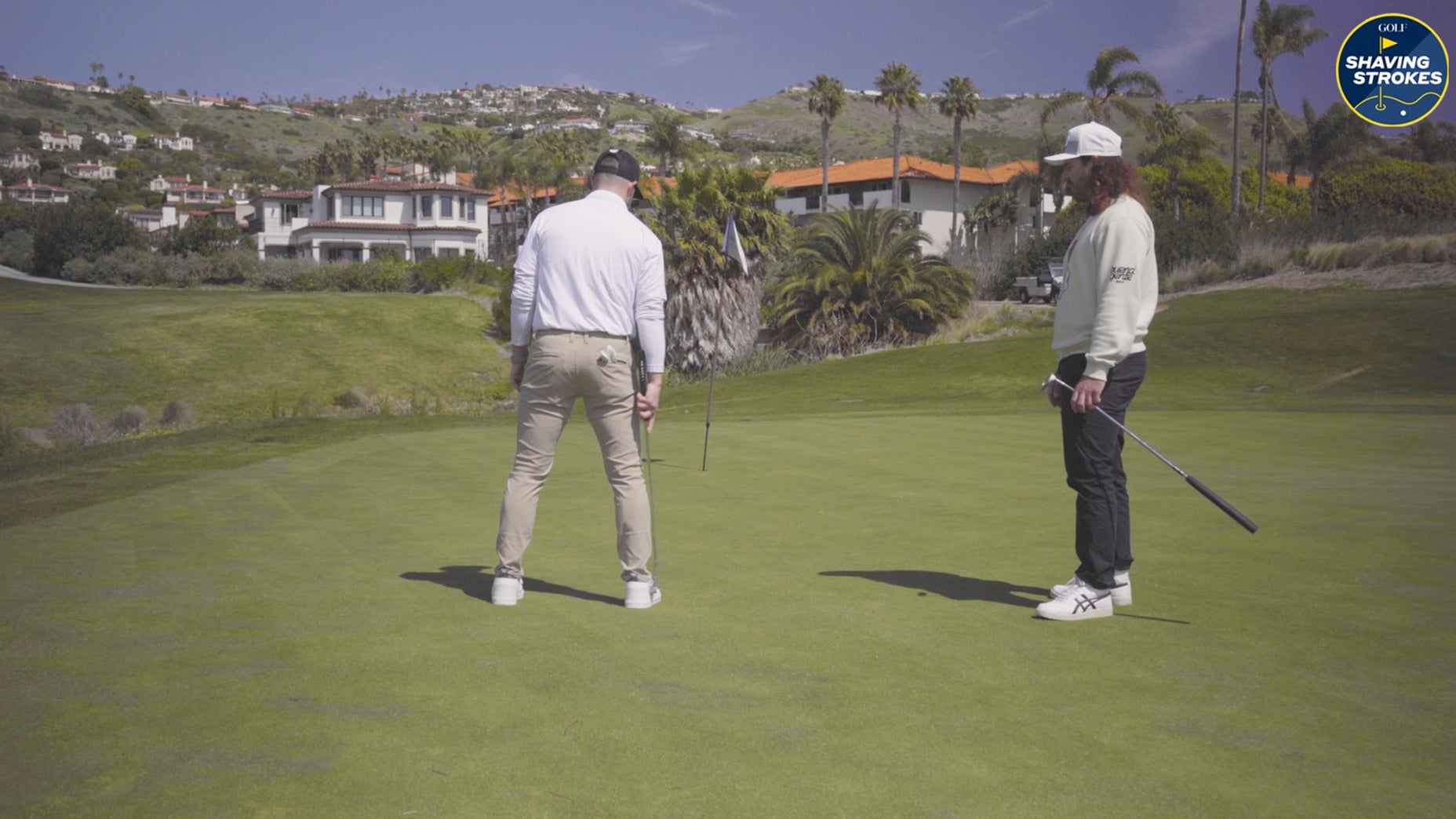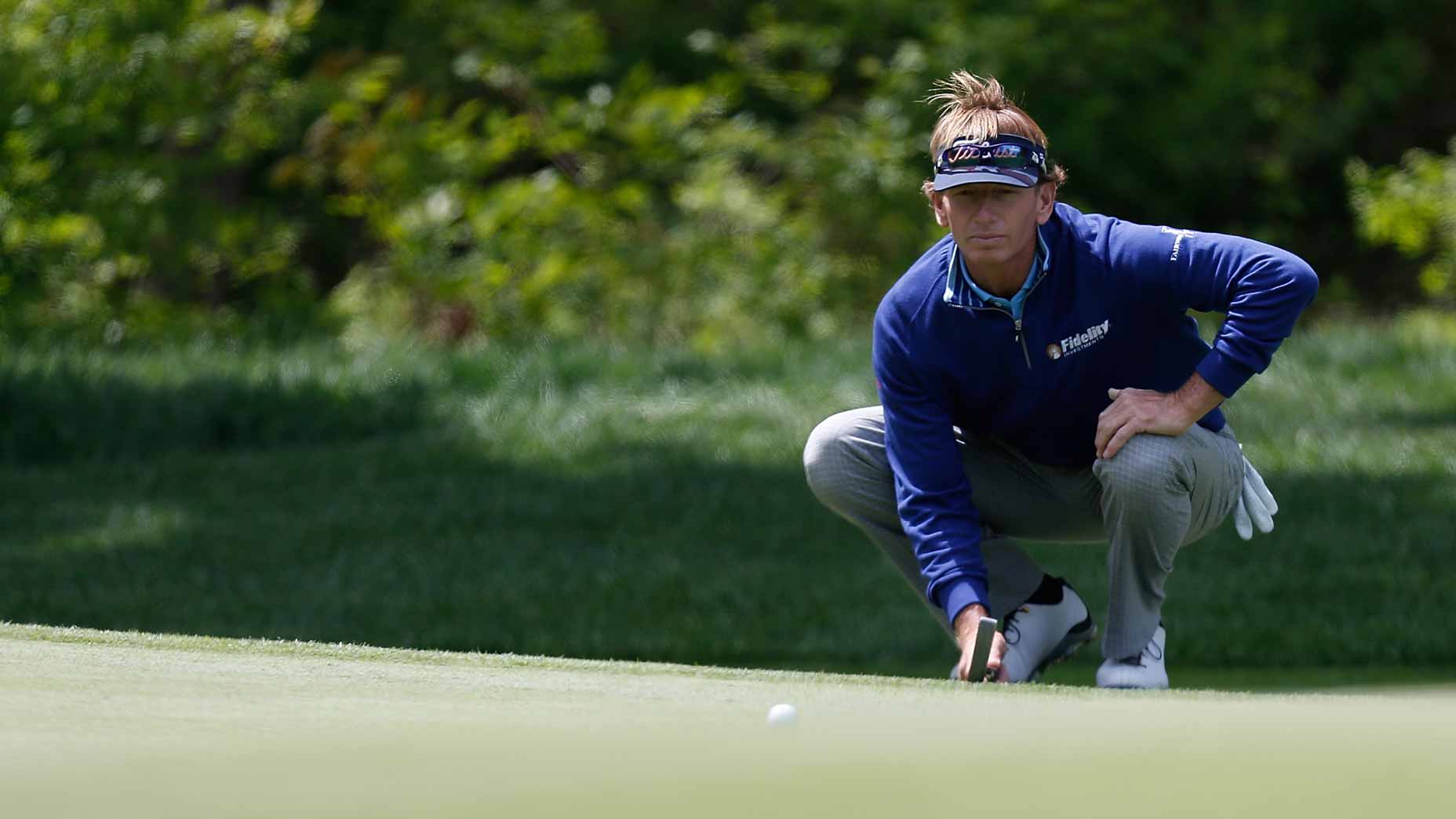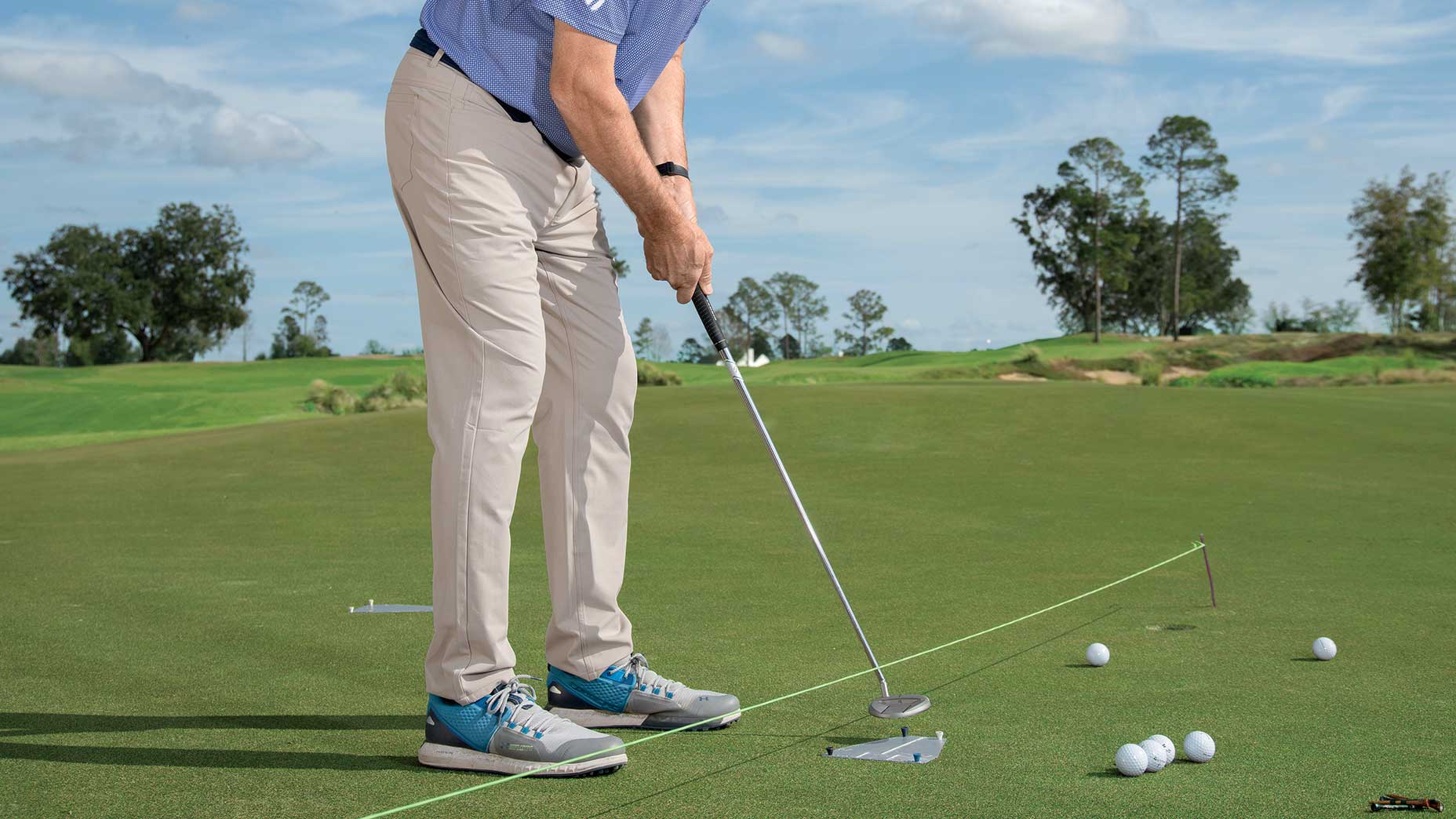Welcome to Shaving Strokes, a GOLF.com series in which we’re sharing improvements, learnings and takeaways from amateur golfers just like you — including some of the speed bumps and challenges they faced along the way. Editor’s Note: This article was published in partnership with Cleveland Golf.
Putting: It’s the great equalizer in golf — and if you’re like most amateurs, you can probably use a little bit more time on the practice green to help dial in your stroke.
The thing is, nobody really likes to practice their putting. After all, it’s not quite as fun as grabbing the big dog, heading to the range and swinging as hard as you can. But here’s the thing every golfer (regardless of ability) needs to remember: Hitting every fairway is impressive, but minimizing your amount of putts is round-changing — and in a positive way!
This putting IQ test dials in your distance control. Here’s howBy: Nick Dimengo
In order to do so, it takes building a consistent routine, trusting your process and seeing great results.
As for the best way to visualize success? By properly reading greens. And to give you a leg up on your playing partners, golf instructor and Cleveland Golf ambassador Jake Hutt shares an easy way to read the breaks on the putting surface: By simply using your feet!
Why using your feet will improve your green-reading
When I began talking to Hutt about the areas of my game that needed the most work, I ignored the fact that I’m still a bit inconsistent with my driver and immediately turned to the short game.
“Where do you need to make up the most strokes?” Hutt asked when we first met at Terranea Resort in Rancho Palos Verdes, Calif.
“I’ve seen better results with the driver, my approach is hit-or-miss, and by putting is straight garbage right now,” I said bluntly.
With that, we got to work.
Considering Terranea is a par-3 course, it presented the ideal opportunity to work on the parts of my game that needed the most attention — mid-irons, wedges and putting. So Hutt and I headed to the stunning 9th hole to see if we couldn’t figure out the flat stick once and for all.
After hitting my tee shot to the back right of the green, I left myself quite the difficult 30-foot putt going back down a hill. Add in the fact that there are multiple breaks and undulations, just saving par seems like a difficult task — until Hutt reminds me to use my feet to read the greens.
“So what is this ball going to do?” Hutt asks. “I like to use my feet [for green-reading], so if we go and stand halfway between the ball and the target, tell me which foot you feel more pressure on.”
I can feel the weight on my right foot, meaning the ball will break that way once it crosses that part of the green.
But this is where things get tricky with this specific putt, because it needs to start left, break back to the right and finally funnel to the left again after getting over another slope. So this green-reading tip is great to help determine the break, but remember to use your eyes as well, since I can see where my line must start for me to have any chance of sinking it.

Cleveland HB Soft 2 #1 Custom Putter
View Product
Prior to hitting my shot, Hutt describes the putter he has me testing out, a Cleveland HB Soft 2 putter, which provides more forgiveness should I miss the center of the face, helping control the ball speed.
“We’ve got our HB Soft 2 putters, and the beauty of these is that you can hit it pretty much anywhere on the face and still get the same ball speed and same start line,” Hutt says. “Most putters, if you miss the middle of the face, the ball’s going to come off a little less hot with a little less speed and be a little bit off-line.”
As I set up over my ball, I take one deep breath and take a couple of looks toward my target. Hutt reminds me, “just let the subconscious take over from here.”
I putt some extra mustard on it to clear the first slope, and as the ball moves from left-to-right-to-back-left again, it picks up some speed moving down the slope. It has a chance to go in…
“Ohhh!” we yell. But it just misses.
“You hit that a little hard,” Hutt says, “but in terms of reading the green, I think you kept it really simple by using your feet and not just using your eyes.”
Sure, I was hoping to sink a 30-foot birdie putt and confidently strut off that hole. But it wouldn’t have even been possible had I not experimented with the green-reading tip from Hutt — so try it for yourself to see how it can improve your aim and shave strokes off your game.











